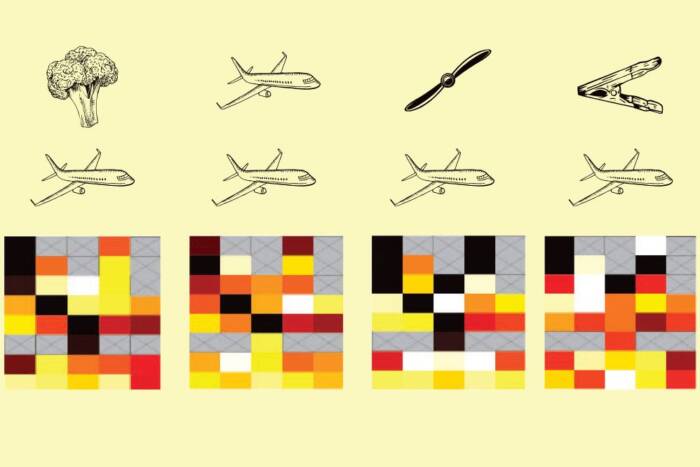Scientists identify gene that regulates stem cell death and skin regeneration
Stem cells, known for their ability to self-renew and differentiate into any kind of tissue, are considered by many scientists in the field to be immortal. But there are signs that programmed death of stem cells is important for their regulation. New research from scientists at Rockefeller University and the Howard Hughes Medical Institute has identified a gene that plays a key role in regulating stem cell death, a finding that has major implications for regenerative medicine, wound healing and cancer.
“Stem cells don’t die often, but they do need to die when things go wrong,” says co-senior author Hermann Steller, Strang Professor at Rockefeller and an HHMI investigator. “By making cell death difficult, we may be able to improve wound healing and regeneration.”
The researchers, led by Yaron Fuchs, a postdoctoral fellow in the Strang Laboratory of Apoptosis and Cancer Biology(opens in new window) headed by Steller, focused on a gene called Sept4/ARTS. Earlier research from the Steller lab showed that mice genetically modified to lack Sept4/ARTS have more blood stem cells(opens in new window) with enhanced resistance to apoptosis, the cell death program that organisms use to pare down unneeded cells. The ARTS protein was originally discovered by Sarit Larisch, a scientist at Haifa University who is also a visiting professor in the Steller laboratory. The normal function of this protein is to interfere with molecules called inhibitor of apoptosis proteins (IAPs), which prevent cells from killing themselves. By inhibiting these inhibitors, under the right circumstances ARTS helps to take the brakes off the process of apoptosis, permitting the cell to die on schedule.
One question that remained from the earlier study was whether stem cells resistant to apoptosis could be beneficial for the wound healing process. In the new research, Yaron Fuchs and his colleagues in the Strang Laboratory and in the Laboratory of Mammalian Cell Biology and Development,(opens in new window) headed by co-senior author Elaine Fuchs, decided to use skin as a model to answer this question.
“During the growing stage of the hair follicle, stem cells are activated briefly to make a pool of transient intermediates, which divide rapidly and then progress to differentiate into hair cells,” explains Elaine Fuchs, who is Rebecca C. Lancefield Professor at Rockefeller and an HHMI investigator. “The intermediates are short-lived and when the destructive phase ensues and hair growth grinds to a halt, they die by apoptosis. By contrast, many but not all of the stem cells are spared. Sept4/ARTS levels determine whether stem cells will live or die during this period.”
The researchers, again using Sept4/ARTS-deficient mice, found that wound repair in these mice was faster, and of higher quality, than in their unmodified counterparts. Typically, fur does not grow back completely in wounded mice. Close observation of the wound beds in the Sept4/ARTS-deficient mice, however, revealed that hair follicle stem cells survived long after the same cells in Sept4/ARTS-intact mice had died.
The new findings, the researchers say, confirm biologically in a living animal that ARTS is an inhibitor of the protein XIAP, a direct biochemical target of ARTS.
“Our studies suggest that ARTS and XIAP play an important role in regulating apoptosis of stem cells in the skin, but not for cell death in more differentiated cells,” says Steller. “Targeting apoptotic pathways in hair follicle stem cells may have therapeutic benefits to promote wound healing and regeneration.”
 (opens in new window) (opens in new window) |
Science Express: June 20, 2013 Sept4/ARTS Regulates Stem Cell Apoptosis and Skin Regeneration(opens in new window) Yaron Fuchs, Samara Brown, Travis Gorenc, Joe Rodriguez, Elaine Fuchs, and Hermann Steller |


